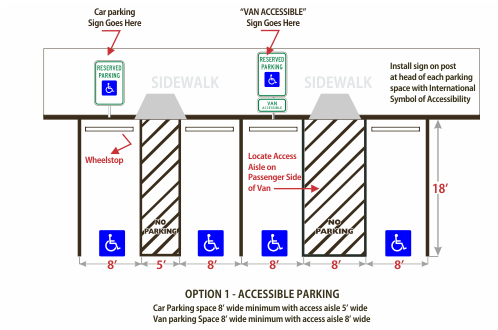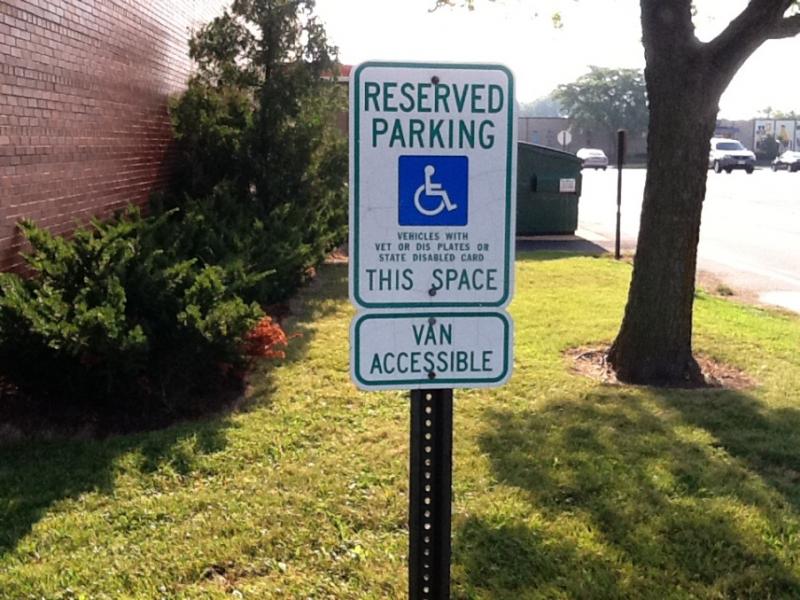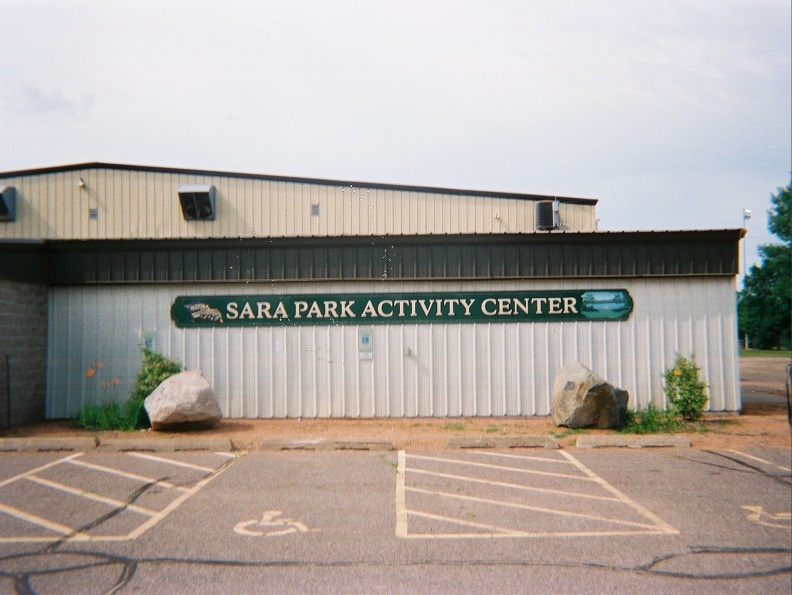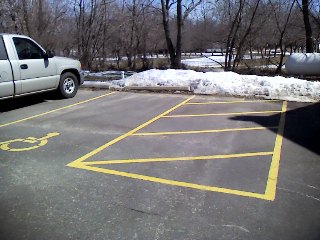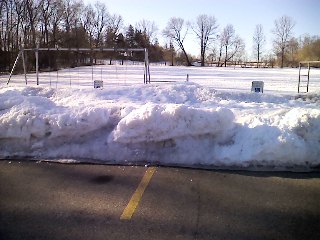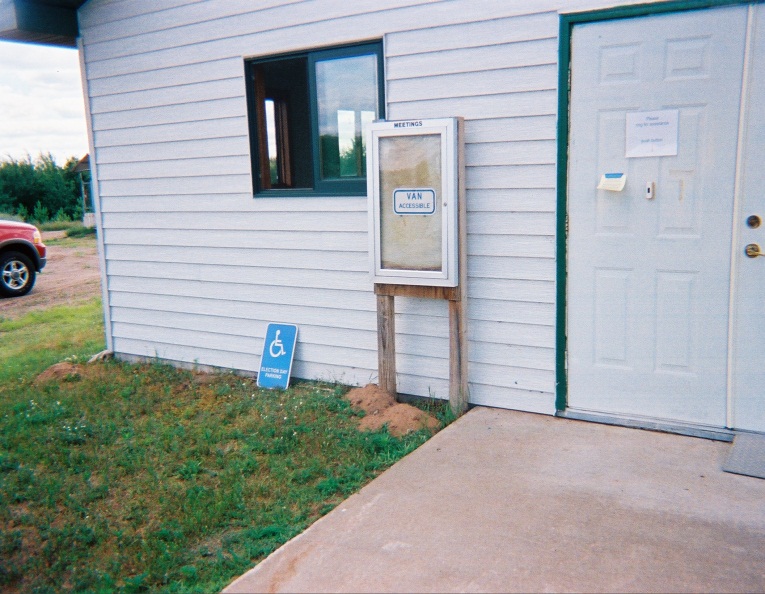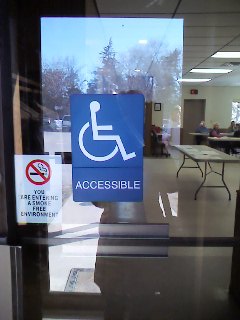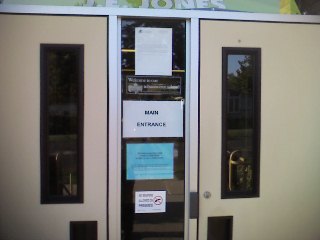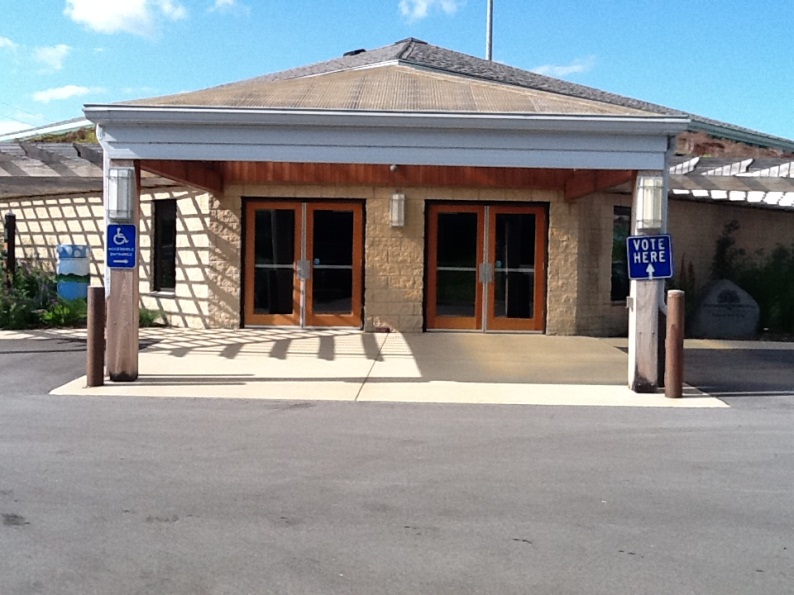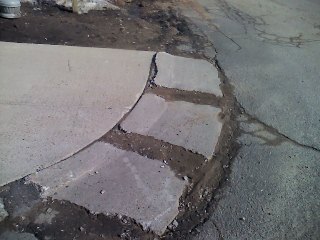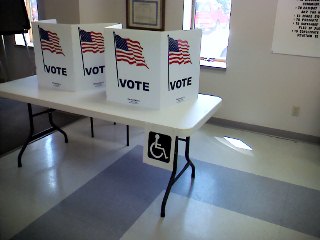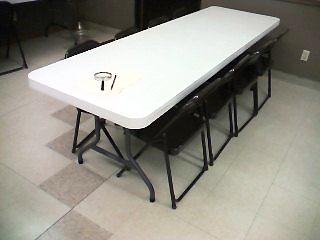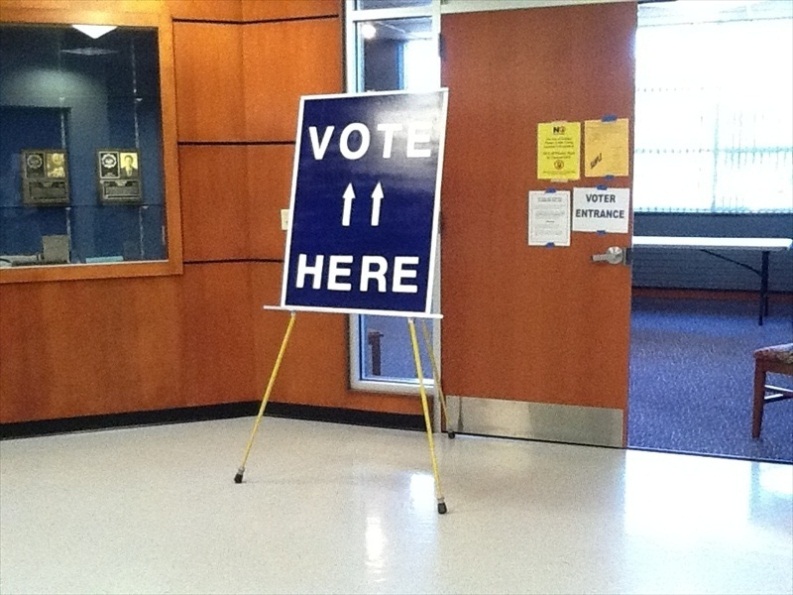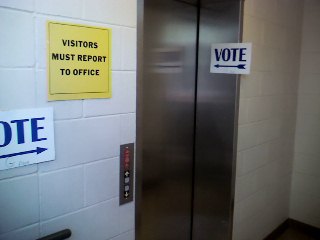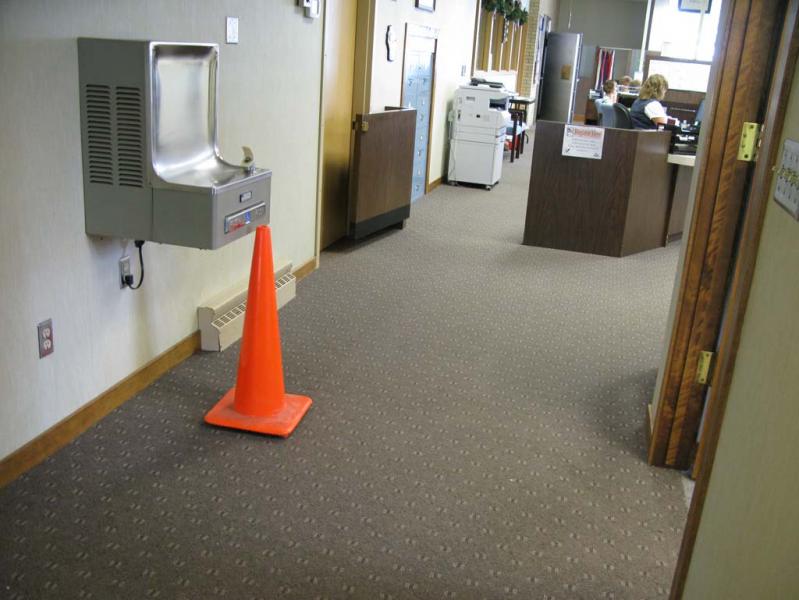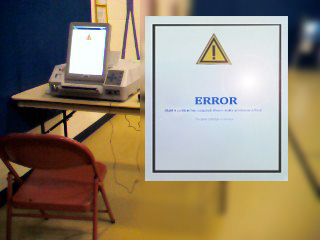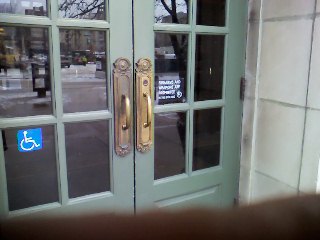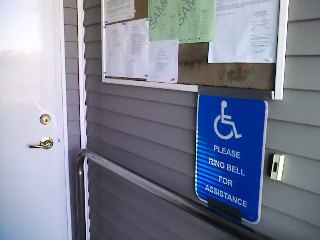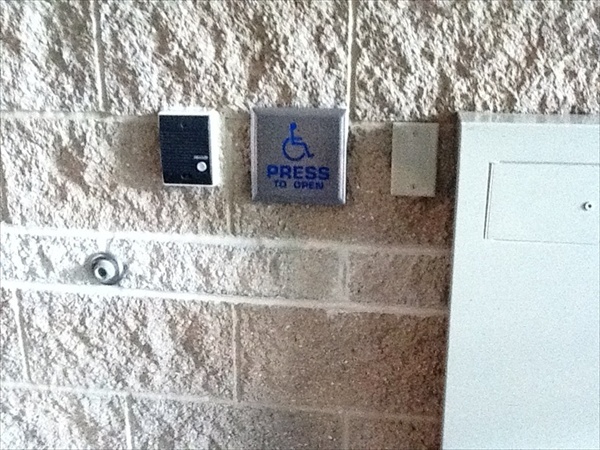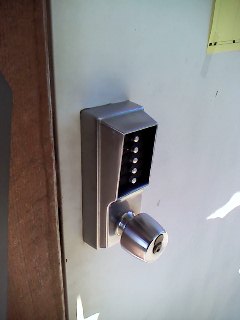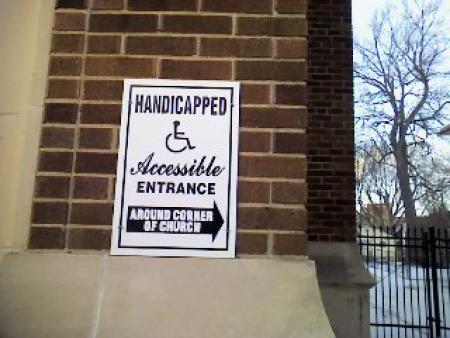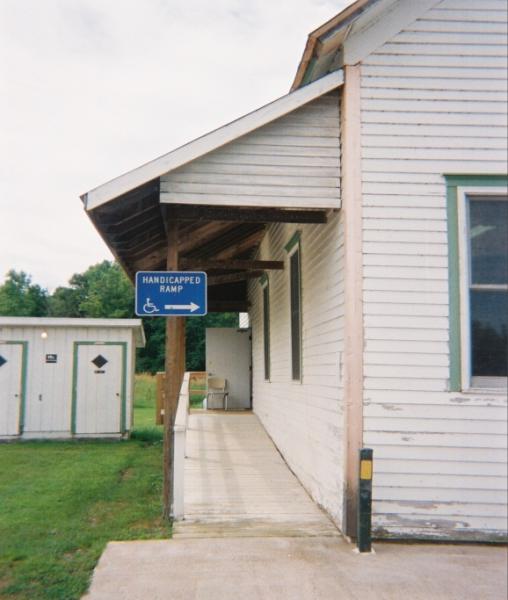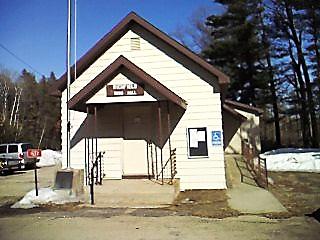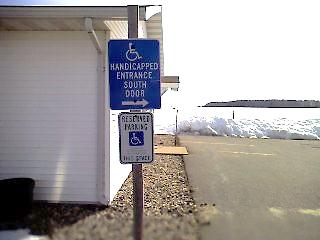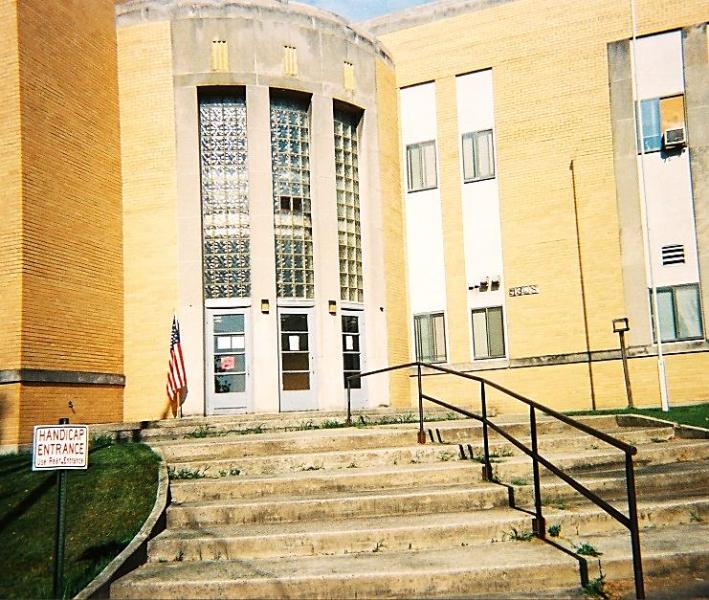HAVA Checks are comparisons between a voter registration record and a DMV or Social Security record. They are also sometimes referred to as “DMV Checks.” They are designed to catch typos and data entry errors to improve the quality of the voter registration list. They are not designed to be a qualification to vote.
HAVA is the Help America Vote Act of 2002, which was passed in the wake of the problems in Florida following the 2000 election. Among other things, HAVA required Wisconsin to create a statewide voter registration database and provided funding for that system. Before 2006, when the system went online, Wisconsin law only required voter registration in larger cities. In smaller towns, there was no voter registration, just a book where poll workers would write the names of voters when they came to vote.
Specifically, Section 303 of HAVA, titled “Computerized Statewide Voter Registration List Requirements and Requirements for Voters Who Register by Mail,” mandates the creation of a computerized list containing the name and registration information of every legally registered voter in the State, which shall serve as the official voter registration list for federal and state elections. HAVA § 303(a)(1)(A) codified at 52 U.S.C. § 21083(a)(1)(A). HAVA requires that individuals, upon registering to vote, provide a current driver license number, if they have one, or last four digits of their Social Security Number, for those who do not. Voters who have neither a driver license nor a Social Security Number are assigned a separate identification number for purposes of the official registration list. HAVA § 303(a)(5)(A) codified at 52 U.S.C. § 21083(a)(5)(A).
“HAVA Checks” (known more commonly as DMV Checks) occur automatically when the statewide voter registration system attempts to match data from voters with data from the Wisconsin Department of Transportation and the Social Security Administration.
There are two kinds of DMV Checks. The first kind are run in batches overnight on voters who register on a paper form, whether in person or by mail. This check attempts to match the voter’s name, date of birth and driver license (or state ID) number. If the voter does not have a Wisconsin driver license or state ID card, the system tries to match the name, date of birth and the last four digits of their Social Security Number with Social Security records.
Checks for Online Voter Registration
The second kind of DMV check happens during online voter registration (OVR). Unlike the nightly HAVA check process, the OVR DMV check occurs nearly instantly to verify that a voter’s name, date of birth, license number, and jurisdiction match DMV records. If the OVR DMV check does not match, the voter is not permitted to register online. Therefore, all records with a source of “Online Registration” passed the OVR DMV check with a 100% match.
Wisconsin law does require anyone who registers to vote online to correctly match four separate fields from their DMV record. These DMV checks occur in real time, and there must be an exact match for the voter’s name, date of birth, DMV number and residence jurisdiction. This check is required for proof of residence in registration.
About HAVA Checks
When people register to vote with their municipal clerk or at the polling place on Election Day, the WEC checks their names, dates of birth and driver license number against Wisconsin DMV records. If they do not have a Wisconsin driver license or state ID card, their names are matched with Social Security records. These matches, known as HAVA checks, are made within 24 hours of the clerk entering the information in the statewide voter database. HAVA is an acronym for the federal Help America Vote Act of 2002.
Approximately 5% of the people who registered to vote between January 1 and November 3, 2020, were at least initially non-matches with either DMV or Social Security databases. That does not mean these voters are not real Wisconsin citizens.
When there is not a match, we know that in most cases, it is the result of errors. The most common error (63%) is a mismatched name, often due to misspelling, name variation (Bob instead of Robert), nickname or a missing suffix missing (Jr. or Sr.). The next most common error (22%) is a driver license or state ID number mismatch. Wisconsin DMV numbers have one letter and 13 digits, and non-matches often result from writing the number incorrectly on the voter registration form or entering it incorrectly in the voter database. Other innocent reasons for mismatches include typos in the data. For example, one voter registered at the polling place on 8/11/2020. The clerk inadvertently recorded the voter’s birthdate as 7/5/1990 instead of 7/15/1990, resulting in a non-match.
When there is a non-match, a registered voter is never “removed” from the statewide voter database. Neither Wisconsin nor federal law require a match, and Wisconsin law does not permit clerks or the WEC to remove a voter from the list for not matching.
The issue of what happens with a HAVA Check mismatch is not new. In fact, it was extensively litigated in 2008 when the Wisconsin Attorney General sued the Government Accountability Board (WEC’s predecessor agency). The AG claimed the GAB was required to remove voters with HAVA Check mismatches.
In J.B. Van Hollen et. al v. Government Accountability Board et. al, the judge found that none of the provisions of HAVA affect the fundamental voter eligibility qualifications. HAVA mandates action by States with regard to voting systems, accessibility for individuals with disabilities, and establishment and maintenance of the official statewide voter registration list. HAVA establishes no additional voter qualifications, except in the limited case of a first-time voter who registered by mail and who must either provide a photo identification or current proof of residence, or else must vote by provisional ballot. A successful HAVA match eliminates this additional requirement.
The court further determined that HAVA does not mandate the imposition of a consequence or penalty for a voter whose voter registration data does not precisely match information contained in the DOT or SSA databases. The HAVA match process also does not alter the voter eligibility requirements established by state law. The court ultimately concluded that HAVA Checks are intended to assist in improving the quality of voter data in the State’s official voter registration list on an ongoing basis, not to convert an otherwise qualified voter into an ineligible voter. The GAB adopted the court’s findings on January 15, 2009.
So what happens if the DMV Check doesn’t match?
If there is a non-match, the voter’s record is flagged in the statewide voter database for clerks to review, and the clerk receives a DMV Check alert. Clerks are asked to review non-matches to ensure a data entry error was not responsible for the non-match result. Clerks often are able to identify things like data entry errors but will also attempt to contact voters whose non-matches they cannot resolve. For the treatment of non-match records in the database, the WEC observes procedures established after litigation involving its predecessor agency, the Government Accountability Board (GAB). In J.B. Van Hollen et. al v. Government Accountability Board et. al, Dane County Court Case 08CV4085, the judge found that none of the provisions of HAVA affect the fundamental voter eligibility qualifications. HAVA mandates action by States with regard to voting systems, accessibility for individuals with disabilities, and establishment and maintenance of the official statewide voter registration list. HAVA establishes no additional voter qualifications, except in the limited case of a first-time voter who registered by mail and who must either provide a photo identification or current proof of residence, or else must vote by provisional ballot. A successful HAVA match eliminates this additional requirement.
The court further determined that HAVA does not mandate the imposition of a consequence or penalty for a voter whose voter registration data does not precisely match information contained in the DOT or SSA databases. The HAVA match process also does not alter the voter eligibility requirements established by state law. Order in Dane County Court Case 08CV4085 at 10. The judge emphasized that HAVA must be read in the context of the Voting Rights Act of 1965 and its prohibition on official government action denying the right to vote “because of an error or omission on any record or paper relating to any application, registration, or other act requisite to voting, if such error or omission is not material in determining whether such individual is qualified under state law to vote in such election.” Court Order at 12.
The court ultimately concluded that HAVA Checks are intended to assist in improving the quality of voter data in the State’s official voter registration list on an ongoing basis, not to convert an otherwise qualified voter into an ineligible voter. By enacting and implementing HAVA, neither Congress nor the Legislature has altered the longstanding basic voter eligibility requirements, namely U.S. citizenship, age, and residency, along with an absence of disqualifying factors such as a felony conviction or a finding of incompetency. The GAB adopted the court’s findings. Wisconsin Government Accountability Board meeting minutes, Item F, January 15, 2009.
Election Day Registration Verification
Wisconsin election law (Wis. Stat. § 6.56) requires a separate verification process for people who register to vote on Election Day.
If you register to vote at the polling place, the Wisconsin Elections Commission will mail an address verification postcard to you after your municipal clerk enters your voter registration into the statewide database. If the post office returns your postcard to the clerk as undeliverable, the clerk must change your record to inactive, and the clerk is required to make a referral to the district attorney’s office for investigation and possible prosecution.
According to statistics about the November 2020 election posted on the WEC’s website (https://elections.wi.gov/statistics-data/voting-statistics), there were 6,488 undeliverable postcards and 2,922 voters who have been inactivated because of the postcard being returned. Clerks reported making 373 referrals to district attorneys so far. After November 2016, there were far more undeliverable postcards and referrals. There were 10,429 undeliverable postcards and 3,870 voters who were inactivated 954 as a result. Clerks reported making 954 referrals to district attorneys.
Election Day Registration and Voting Security
Wisconsin has allowed Election Day registration for many years, and it is extremely popular with voters who need to update their registration after they move or change their names. It is also secure.
To register to vote at the polls on Election Day, a voter must provide:
- A proof-of-residence document with a current address, such as a driver license, bank statement, tax bill, utility bill or letter from a unit of government.
- Their driver license or state ID number (or the last four digits of their Social Security number if they don’t have a DMV number). However, there is no requirement or process in state law to verify that DMV data before they vote.
To vote on Election Day, all voters must show an acceptable photo ID, including a Wisconsin driver license or state ID card, U.S. Passport, military ID, veterans ID, some student IDs, tribal ID, and certificate of naturalization. Poll workers are provided samples of acceptable photo IDs, and there has never been a problem with voters presenting fake photo IDs.



